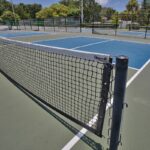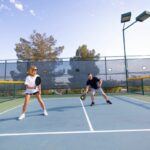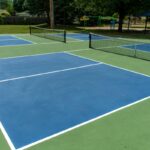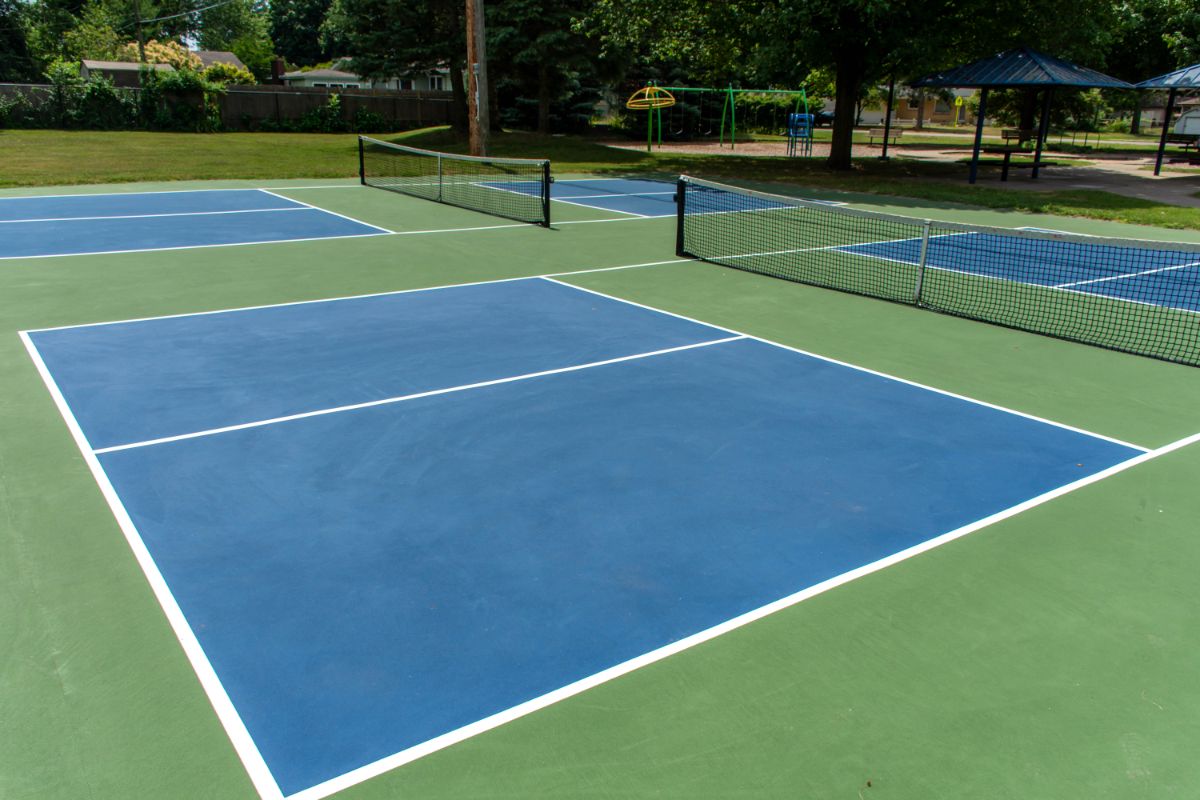It’s no secret that pickleball is one of the most fun, exciting, and fast-growing sports in the world today, and for a very good reason!
Not only is it pretty fast-paced, but it’s also great for the entire family to play regardless of age, experience, and fitness level.
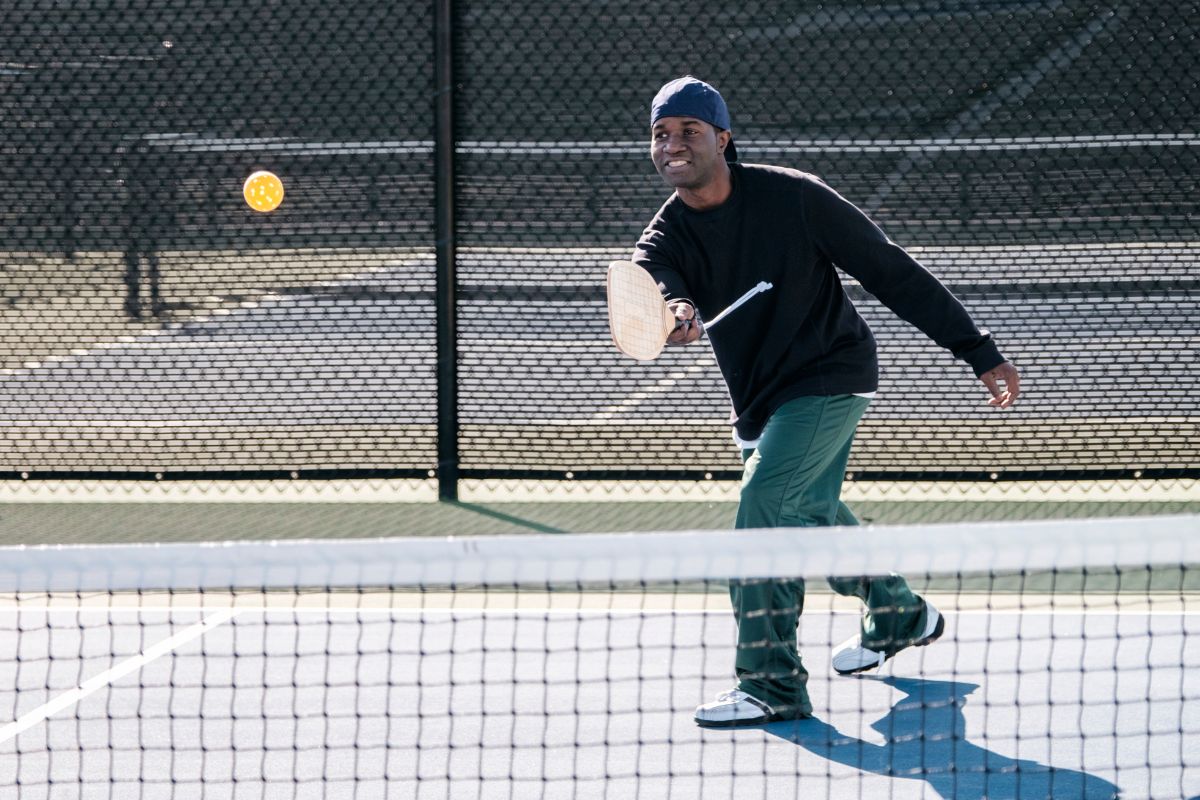
Pickleball has similarities with games like badminton and tennis but also comes with a unique set of equipment, rules, and gameplay that you must keep in mind.
One of the most important rules of all (that should never be broken) is to never commit a fault otherwise you risk giving your opposition a point and a clear-cut path to the winner’s table.
Here’s everything you need to know about a fault in pickleball.
What Does A Fault Mean In Pickleball?
A pickleball fault is one of those pesky rules that simply cannot be swept to the wayside. This is because of its huge impact on the quality of a pickleball game.
A fault during a game of pickleball simply means that a player in the game has committed an error (a “fault”) that violates the rules. As a result of this, the game must immediately come to a halt as things are resolved.
Venturing over the no-volley zone line and then hitting the ball is a legal move but only if you have allowed the ball to bounce first.
Types Of Faults
In a game of pickleball, many types of faults can occur. Here is a brief list of the more common ones.
- Serving Team Fault: the most common fault that can occur before, during, or after a ball has been served.
- Receiving Team Fault: this is far less common but still occurs, especially if the wrong player returns a serve or a timeout is called after the ball has been served.
- Illegal Serve Fault: this happens if players perform an illegal serve during a game (such as crossing the sideline, baseline, or centerline and making contact with the ball above waist height)
What Is Classed As A Fault In Pickleball?
There are a couple of ways to commit a fault while on a pickleball court, including the following:
- Hitting the return of a previous serve before it can bounce (a clear violation of the two-bounce rule)
- Hitting a ball directly out of bounds
- Not serving underhand
- Avoiding the two-bounce rule
- Hitting the ball into the net during a serve (Check out Is It Legal To Help A Serve Over The Net In Pickleball?)
- A ball that is in play strikes an object or a person
- Having any direct contact with the pickleball net while you are actively playing
- Taking a step into the no-volley zone as you hit a volley (this includes shoes or any sort of clothing that is even remotely within this zone during a volley)
The more practice you can get when it comes to learning how to avoid these sorts of situations from occurring, the better things will be for you in the long run.
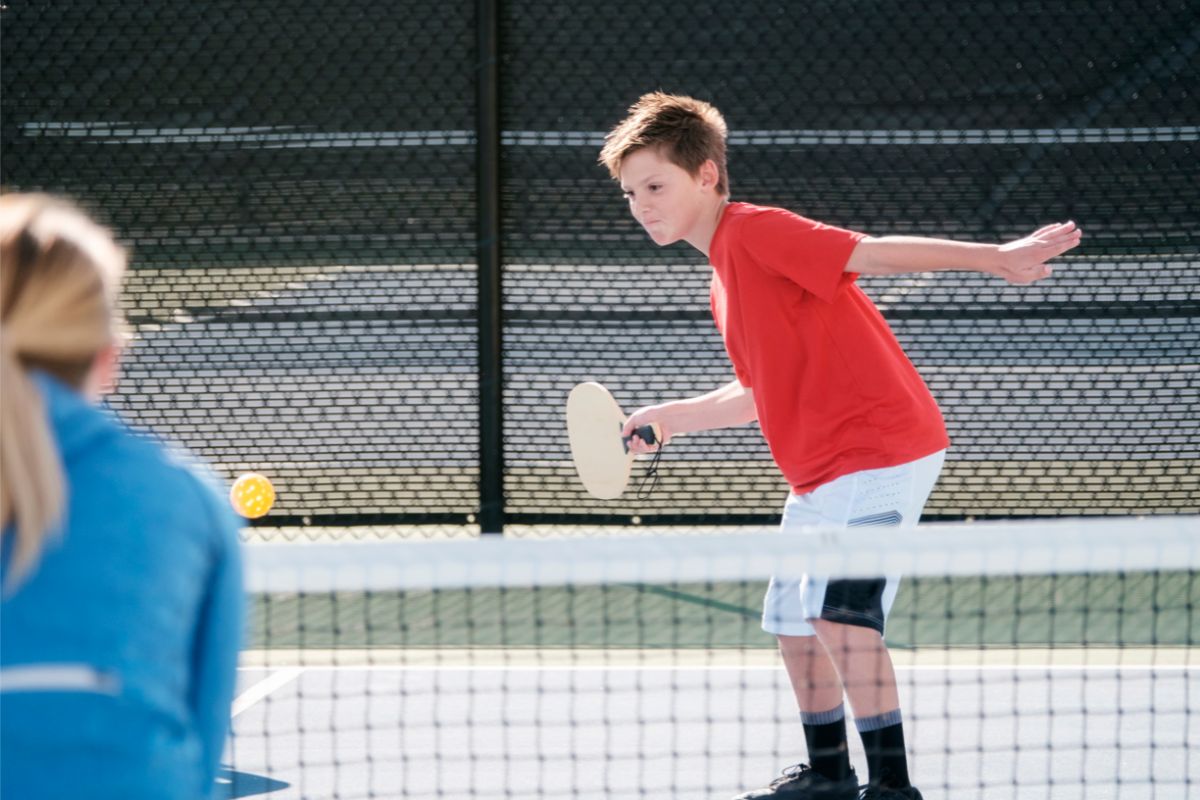
Other Things To Know About Pickleball Faults
Any faults committed by the receiving team will be automatically transferred to the serving team. Simply put, the other team that hasn’t committed a fault will receive the point.
This might seem a bit of an easy resolution to a rule violation but it truly isn’t. This is because awarding an extra point to the opposition can be a huge blow to a team’s overall chances of claiming victory during a game.
How To Avoid Faults In Pickleball
Another thing to know about a fault in pickleball is that it can be pretty unavoidable, even for the more experienced players out there. You can work to avoid them by learning the rules and practicing.
Simply having an understanding of the different types of pickleball faults can effectively prevent you from committing them in the first place.
And if you want to stand any chance at winning the game, you must abide by the rules at all times.
We’ve also included some helpful tips and advice for you to consider when you are next playing on the pickleball court.
Get Your Practice In When You Can
There is nothing that is quite as effective at preventing faults during a game of pickleball as practicing.
The more practice you can get with taking shots and making moves, the easier it will be to avoid any significant faults in a single game.
When you practice, you can pretend that different fault-related scenarios are occurring so that you are prepared for them to happen.
This will equip you with the necessary skills and tools to prevent yourself from making such an error in your gameplay.
Stay Away From The Kitchen
No, we aren’t talking about the delightful room in your home that plays host to your favorite foods and drinks.
Think of the kitchen, or the three-and-a-half foot non-volley zone, as a completely off-limits area when it comes to taking your shots.
This is because it has its own set of complicated rules that can sometimes throw you off in terms of your approach to the game. As a result, faults are pretty common here.
Returning or initiating a volley in this zone is the most common fault that is made in this area, resulting in an automatic fault for the game. Your best bet is to stay clear of it as much as possible unless the ball has bounced.
Learn The Rules
The more familiar you are with the rules of pickleball, the easier it will be to learn how to prevent faults from occurring.
If you enter the game with lots of confidence but no idea how pickleball works, or what any of the shots are, then you’re more susceptible to making mistakes.
Summary
If you’re looking to polish your skills as an amateur or professional pickleball player, it’s essential to have some sort of understanding of the faults in the game.
This will help you to make fewer mistakes and improve your playing skills, leading to a more successful outcome in the long run.
- What Kind Of Ball Is Used In Pickleball? - July 13, 2023
- How Much Does It Cost To Build A Pickleball Court? - July 11, 2023
- When Do New Pickleball Rules Take Effect? - July 8, 2023

